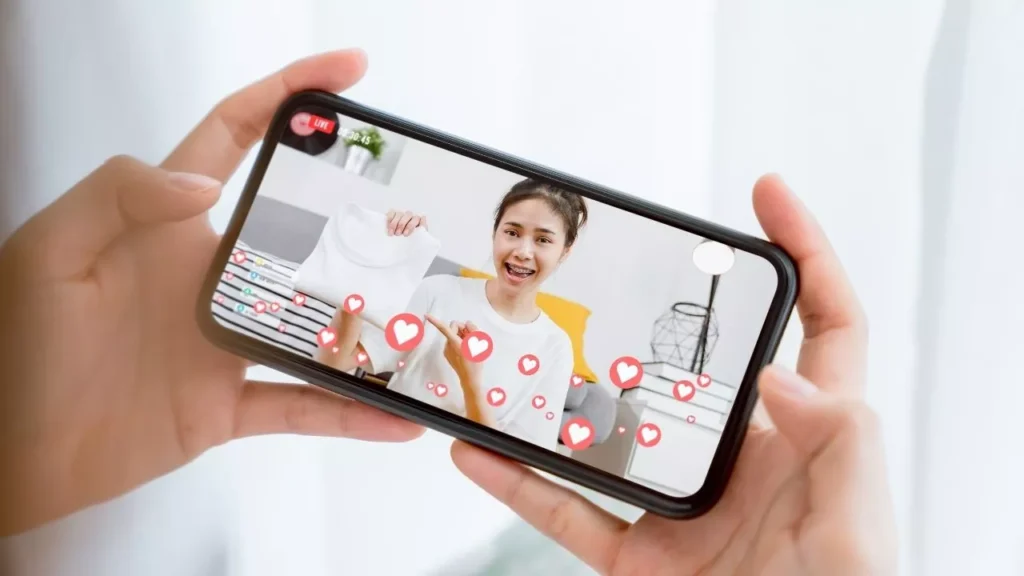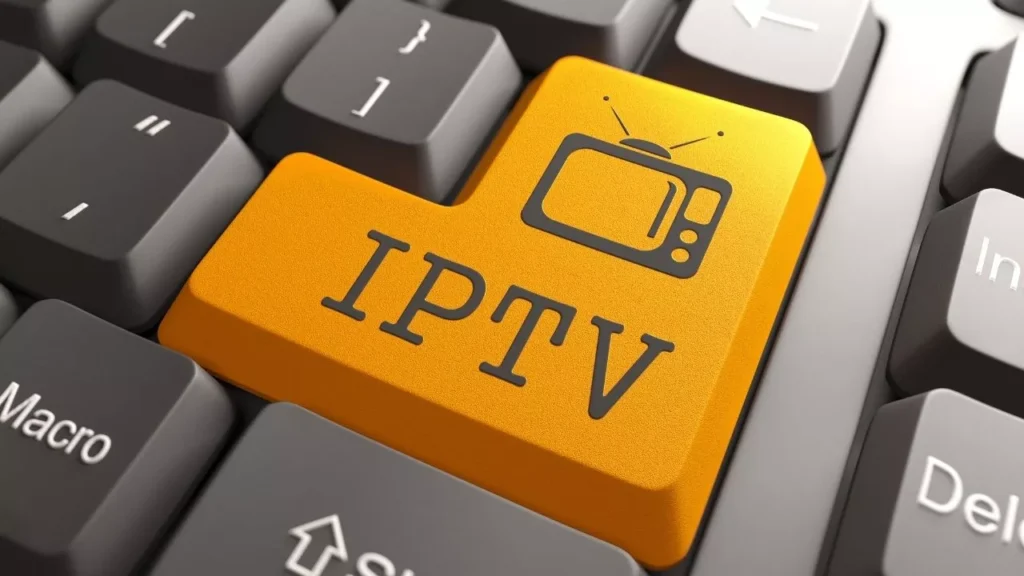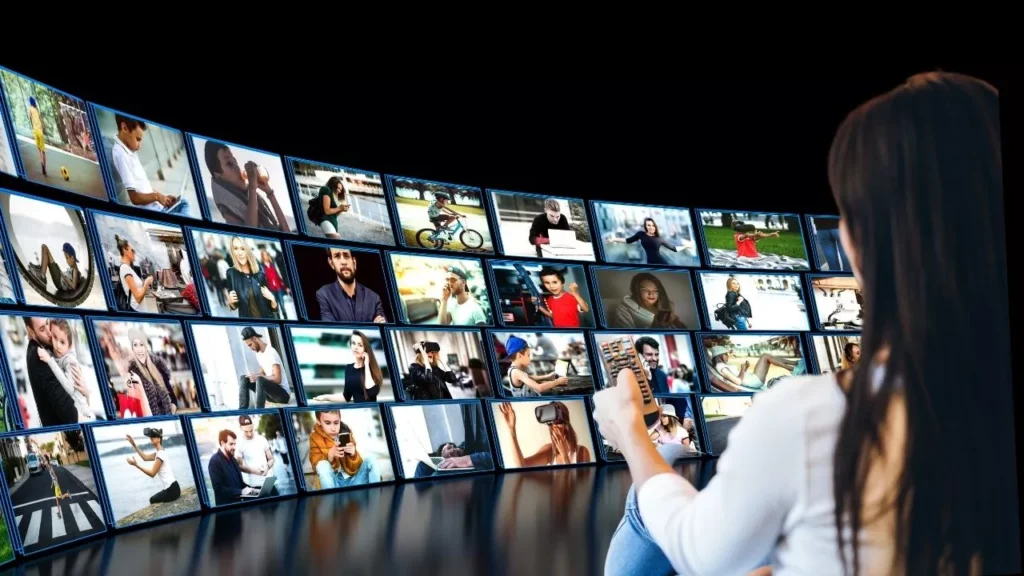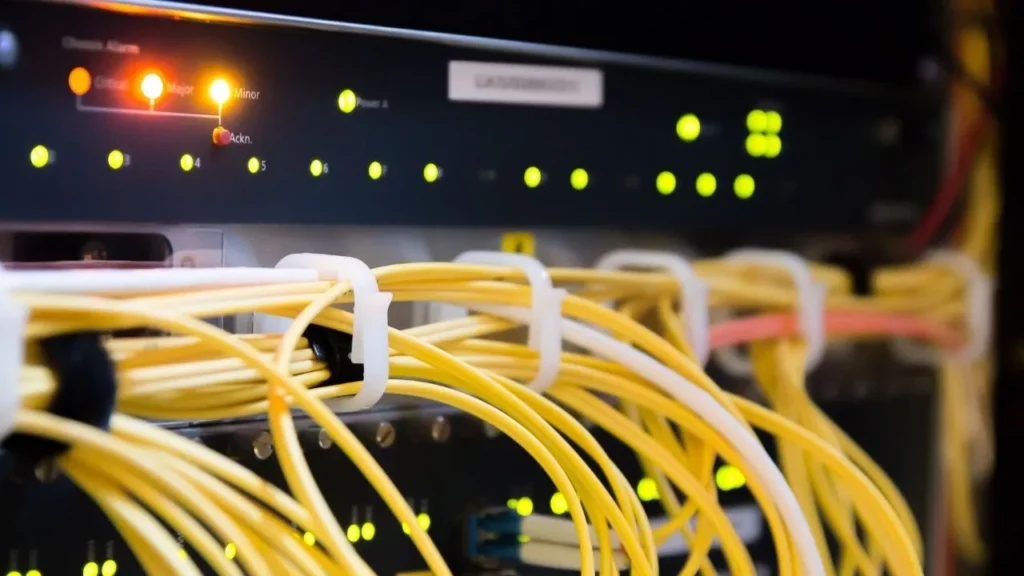Ever felt confused about some of the terms used in the video content delivery and streaming space? You’re not alone. Some terms still feel odd even after looking them up.
In this article, we’ll clarify three often confusing terms: Video on Demand, Streaming, and Internet Protocol Television (IPTV).
What exactly do they mean and what are the differences between the terms?
Let’s get into it.
Video on Demand (VOD), streaming, and Internet Protocol Television (IPTV) are three distinct technologies that have revolutionized how we consume media.
Each has unique characteristics, advantages, and limitations, shaping the landscape of digital entertainment and information dissemination.
To understand their differences in depth, we’ll explore each technology separately, highlighting key characteristics that make them stand out from each other.
Video on Demand (VOD)
Video on Demand refers to a system that allows users to select and watch video content whenever they choose, rather than at a scheduled broadcast time. This technology has been a game-changer in the way we consume media.

Content Accessibility: VOD platforms often host a wide array of content, including movies, TV shows, documentaries, and more. It lets you browse this library and select what you want to watch.
User Control: VOD provides a high degree of control to the viewer. You can pause, rewind, fast-forward, download, and re-watch content as you please.
Delivery Method: VOD content is typically delivered over the Internet but can also be offered via cable or satellite networks. It leverages buffering and downloading to provide a seamless viewing experience.
Business Models: VOD platforms can operate on various business models, including subscription-based (SVOD), transactional (TVOD), and ad-supported (AVOD).
Examples: Netflix, Amazon Prime Video, and Hulu are popular examples of subscription-based VOD services.
Streaming
Streaming refers to the continuous transmission of audio or video files from a server to a client. Unlike downloading, streaming allows users to start viewing or listening to content without waiting for the entire file to be downloaded.

Real-time Consumption: Streaming is often used for live events, such as sports broadcasts, live concerts, or real-time news coverage, where the content is consumed as it is being broadcast.
Dependence on Internet Speed: The quality of streaming can vary significantly based on internet bandwidth and stability. High-quality streams require faster internet connections to avoid buffering.
Platforms: Streaming can be done through various platforms and apps, both free and subscription-based, and on multiple devices like smartphones, tablets, and smart TVs.
Interactive Features: Some streaming services offer interactive features like live chats, polls, or social media integration, especially during live broadcasts. Chatting while streaming a Premiere on YouTube is a great example.
Internet Protocol Television (IPTV)
IPTV delivers television content over the Internet Protocol (IP) networks. It is a system where digital television service is delivered using internet infrastructure and broadband access.

Live Television and Time-Shifted Media: IPTV provides traditional live television broadcasts and allows for time-shifted media, which includes catch-up TV (replays a TV show that was broadcast hours or days ago), and start-over TV (restarts a current TV show from the beginning).
Personalization and Interactivity: IPTV often offers a higher level of personalization and interactivity compared to traditional broadcast TV. It can include features like personalized channels or video on demand.
Delivery Network: IPTV uses a private and direct network to deliver content, ensuring higher quality and reliability compared to public internet streaming.
Set-Top Box: To access IPTV, users typically need a set-top box that decodes the IP video and converts it into standard television signals.
Recommended Article: Is IPTV Dangerous?
Comparison and Contrast
Let’s look at how these three technologies compare to each other in terms of delivery, quality, interactivity, hardware and software requirements, and their respective business models.
Here’s a table summarizing the key aspects of VOD, Streaming, and IPTV:
| Aspect | VOD (e.g., Netflix, Hulu) | Streaming (e.g., Spotify, Twitch) | IPTV (e.g., Verizon FiOS, AT&T U-verse) |
|---|---|---|---|
| Content Delivery | Extensive libraries of films, TV shows, documentaries; on-demand viewing. | Can include live content (e.g., live sports, game streaming); offers real-time interactivity. | Interactive features like live chats, and polls; more engagement in live streams. |
| Quality & Reliability | A blend of live TV, on-demand content, DVR features; over-the-internet delivery. | Highly dependent on internet speed, especially for high-quality live streams. | More consistent quality due to managed network services. |
| Interactivity | Personalized recommendations; basic playback controls. | Accessible on multiple devices; no specific hardware is needed. | Advanced interactivity, personalized EPGs, interactive advertising. |
| Hardware Requirements | Accessible on multiple devices; no specific hardware needed. | Requires a robust internet connection and capable device, especially for live streaming. | Often requires set-top boxes or compatible hardware in smart TVs. |
| Business Models | Subscription-based (SVOD), ad-supported (AVOD), pay-per-view. | Subscription models, ad-supported, or a combination of both. | Part of a larger bundle of services; tiered pricing based on channels/features. |
Now let’s dive deeper into comparing and contrasting these three digital media content services.
Content Delivery and Accessibility

VOD: Platforms like Netflix and Amazon Prime Video exemplify VOD. They offer extensive libraries of films, TV shows, and documentaries.
The key here is the on-demand aspect: users have the freedom to choose what they watch and when, without adhering to a broadcast schedule.
This model is particularly popular for binge-watching series or accessing a wide range of movies.
Streaming: Spotify for music and Twitch for live video game streaming are prime examples of streaming services.
Unlike VOD, which focuses on pre-recorded content, streaming can include live content. For instance, while streaming on Twitch, you can broadcast your gameplay in real-time, allowing for interactive elements with viewers.
Similarly, live sports streaming on platforms like ESPN+ offers real-time viewing experiences, though these platforms may also offer replays and highlights.
IPTV: Services like Verizon’s FiOS and AT&T’s U-verse (now replaced with DIRECTV Stream) are examples of IPTV. They provide a blend of live TV, on-demand content, and DVR features, all delivered over the internet.
IPTV often includes packages similar to traditional cable or satellite TV but with the added benefit of over-the-internet delivery.
Quality and Reliability
VOD: Quality on VOD platforms like Hulu can vary based on the user’s internet connection, though these services generally offer a range of quality settings to accommodate different bandwidths.
Streaming: Quality in streaming services is highly dependent on internet speed. For instance, streaming a live concert on YouTube in high definition requires a stable and fast internet connection to avoid buffering.
IPTV: IPTV usually provides a more consistent quality compared to VOD and streaming because it often uses managed network services. This controlled environment helps in maintaining a stable and high-quality viewing experience.
Interactivity and Personalization
VOD: VOD services like Disney+ use AI to offer personalized recommendations based on viewing history. However, the interactivity is generally limited to basic functions like play, pause, and content selection.
Streaming: Platforms like Netflix (which also falls under VOD) and YouTube offer interactive features like choosing story paths (e.g., “Black Mirror: Bandersnatch”) or integrating viewer comments in live streams.
IPTV: IPTV offers advanced interactivity, such as personalized EPGs (Electronic Program Guides) and interactive advertising. The integration of internet-based services with traditional TV offers a more interactive experience.
Hardware Requirements

VOD: Services like Apple TV+ can be accessed on a wide range of devices – from smartphones to smart TVs – without specific hardware requirements except for a device capable of running their app.
Streaming: Similar to VOD, streaming services like Hulu are accessible on various devices. However, for a quality experience, especially for live streaming, a robust internet connection and a capable device are essential.
IPTV: IPTV, exemplified by services like Sling TV, often requires specific set-top boxes or compatible hardware integrated into smart TVs, which can decode and play the IP-based signals.
Business Models
VOD: VOD platforms usually follow subscription-based (SVOD), ad-supported (AVOD), or pay-per-view models. For example, Netflix operates on a subscription model, while YouTube offers both free ad-supported content and a premium subscription.
Streaming: Streaming services often use subscription models (e.g., Spotify Premium), ad-supported formats (e.g., the free version of Spotify), or a combination of both.
IPTV: IPTV services might be offered as part of a larger bundle of services, including internet and phone. They often have tiered pricing based on the number of channels and additional features.
See this article to learn how IPTV companies make money.
In conclusion, while VOD, streaming, and IPTV share the commonality of providing digital media content, they differ significantly in their delivery mechanisms, content offerings, quality and reliability, interactivity, hardware requirements, and business models.
Understanding these distinctions will help you when choosing a media platform. If you’re a content provider, this information will help you understand and cater to your audience’s needs.

